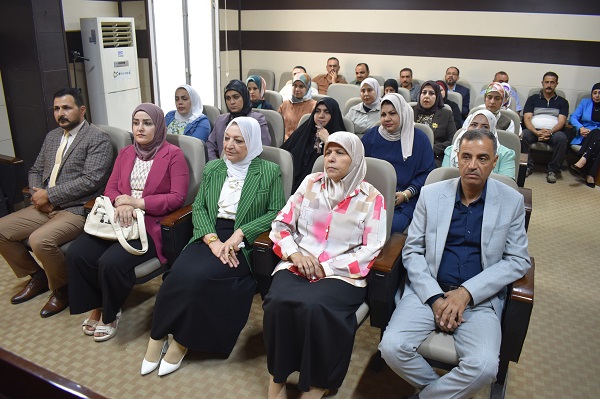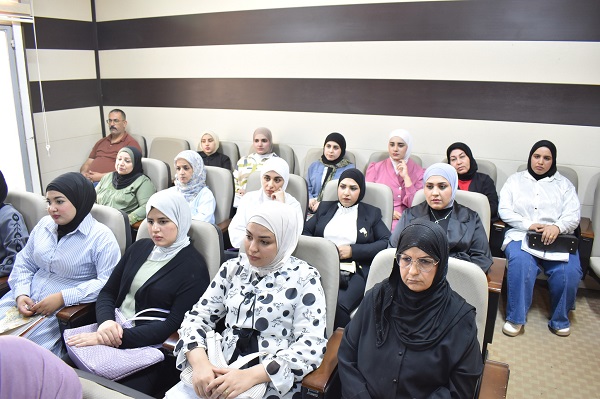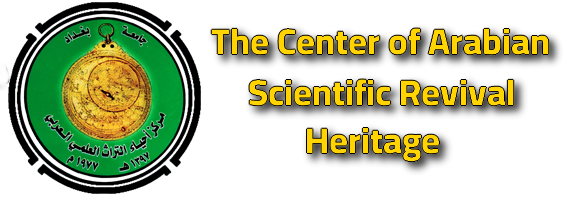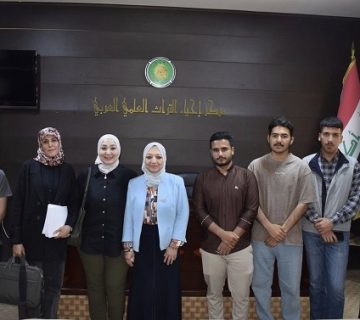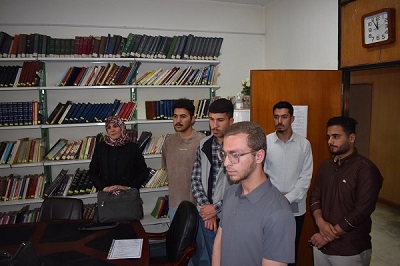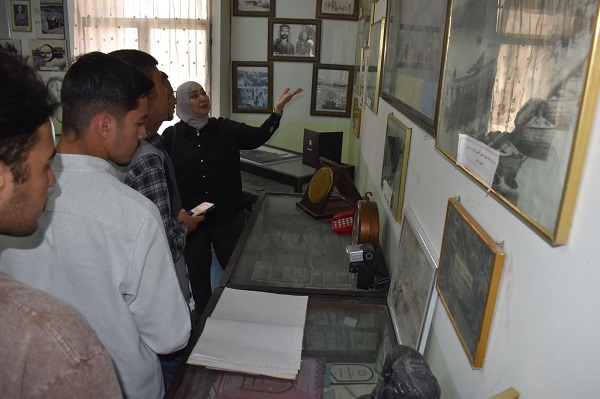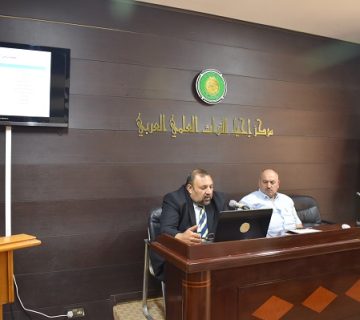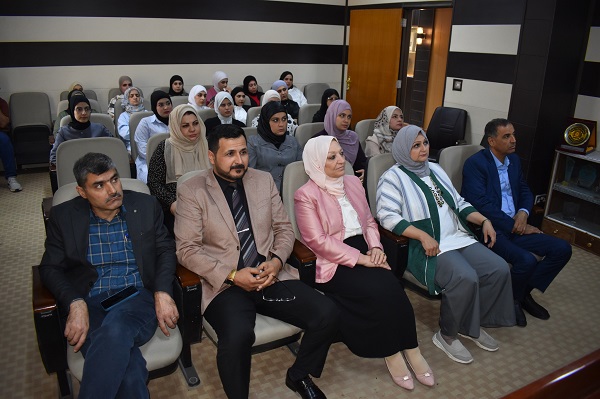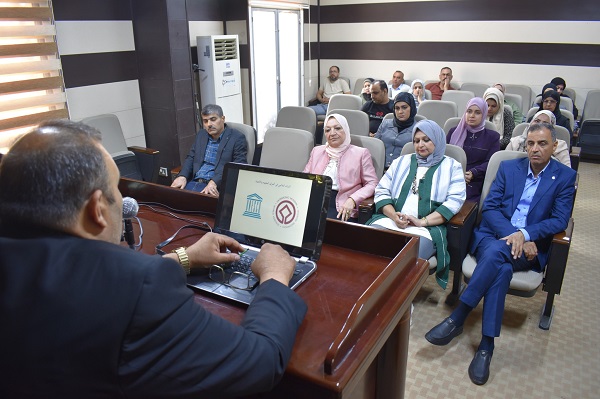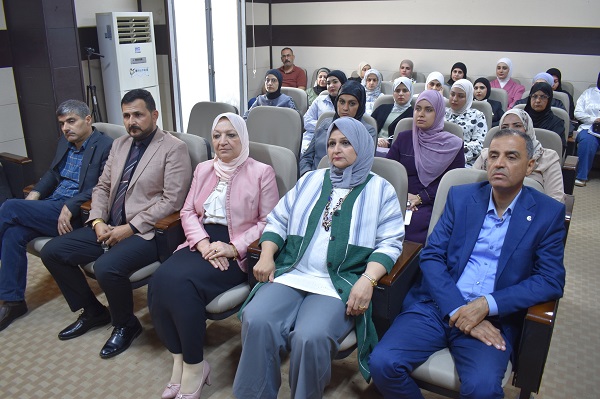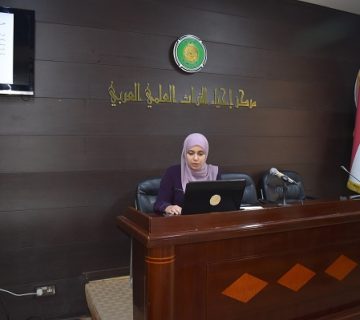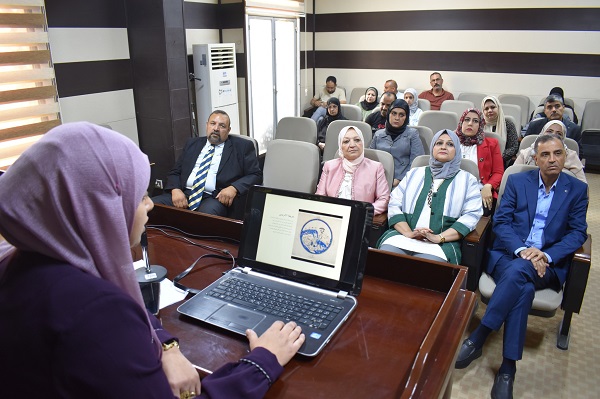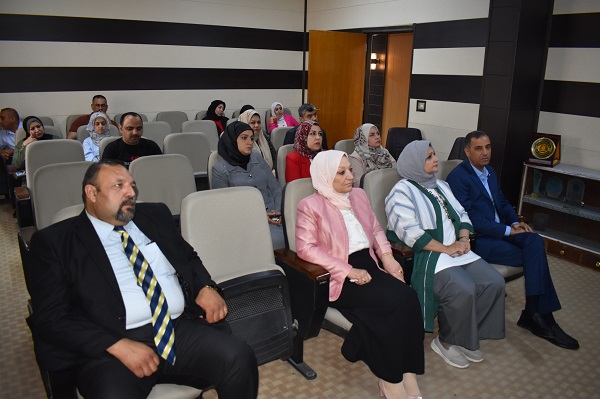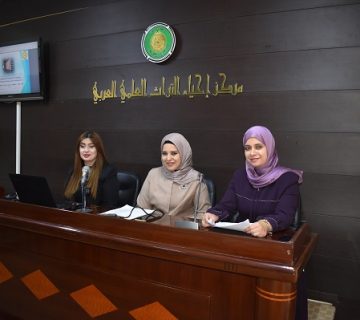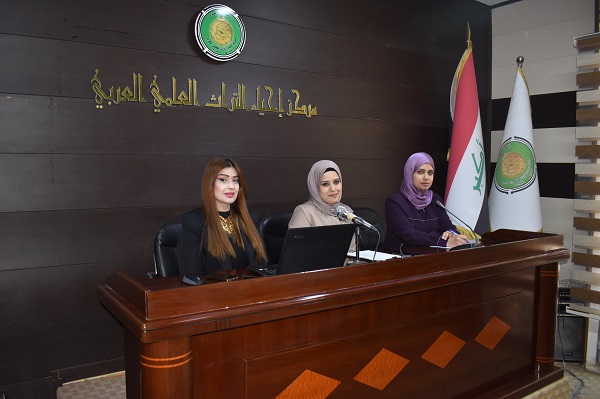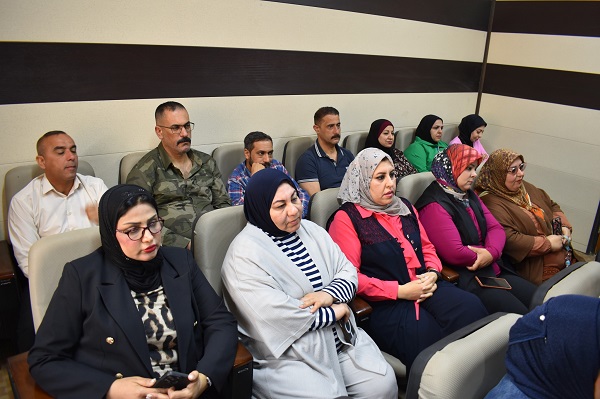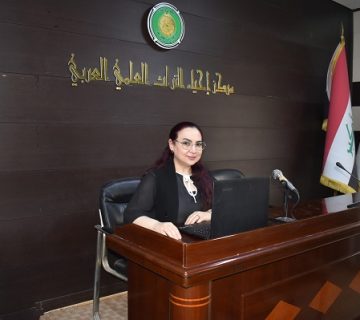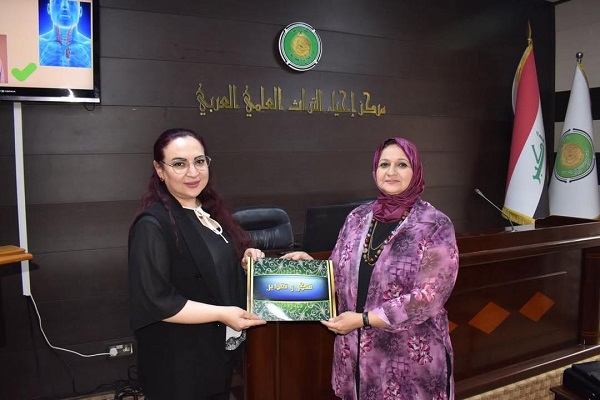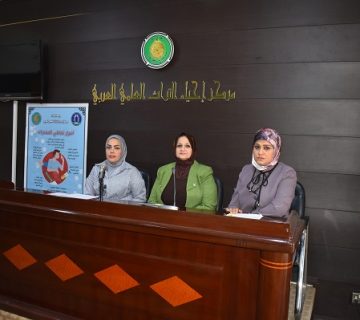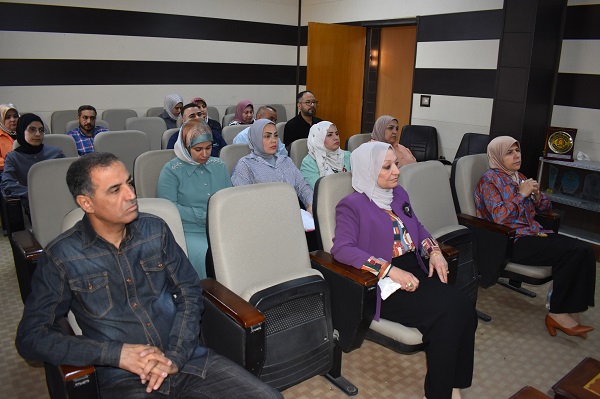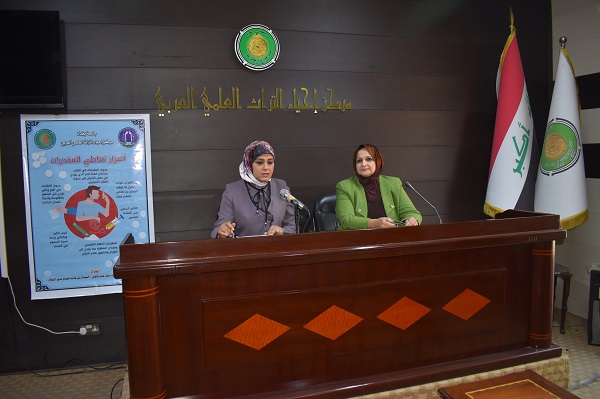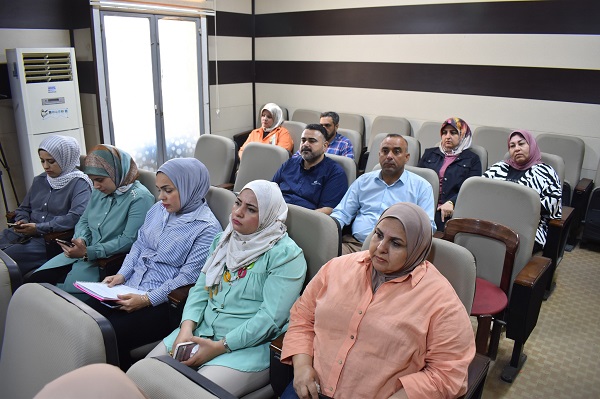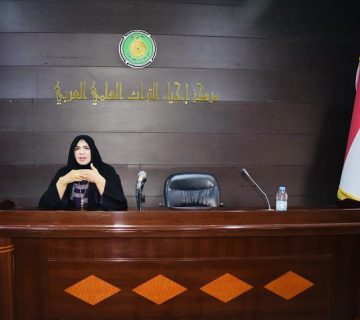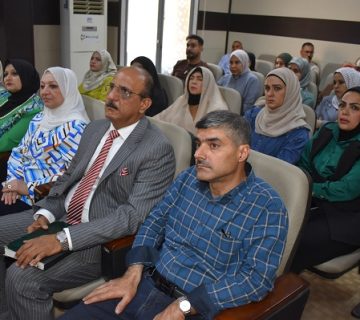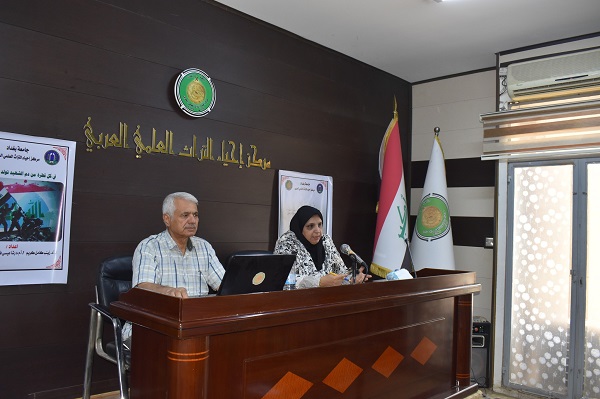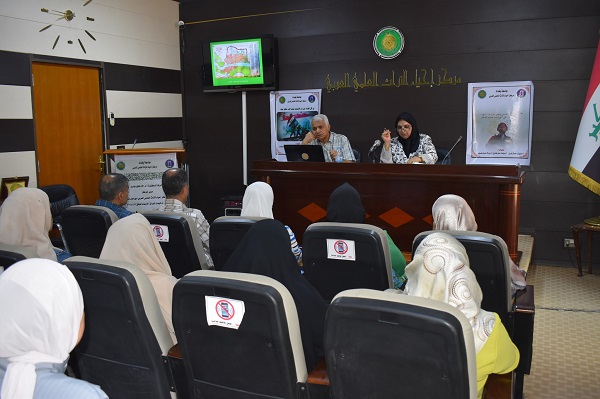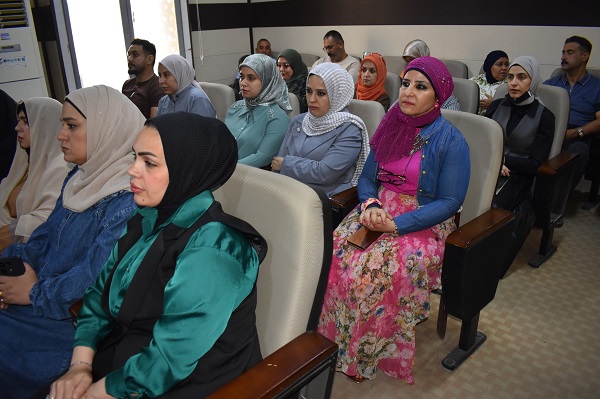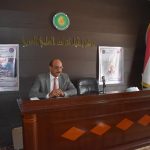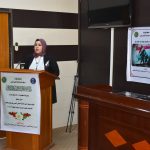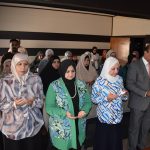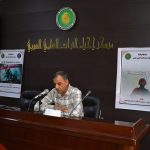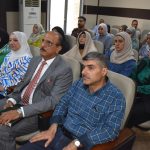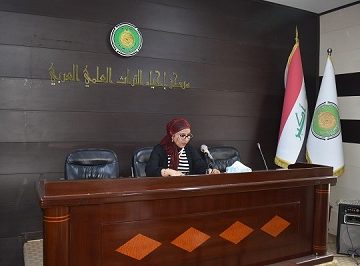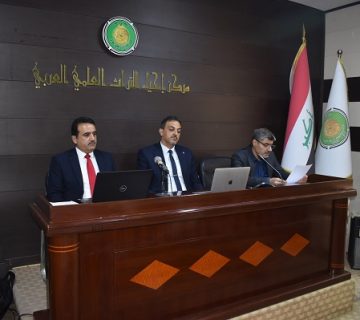
scientific symposium
The center of heritage revival organizes scientific symposium ( The leadership of clinical psychology and its impact on mental health care between heritage and modernity)
Under the supervision by prof. Dr. Alaa Nafea Jasim (the director of the center), the center of heritage revival organizes scientific symposium entitled ( The leadership of clinical psychology and its impact on mental health care between heritage and modernity)with presence of many professors and researchers where sited in Nabila A. Almunam hall in the center on Wednesday 23rd/4/2025 , the lecture is presented by assist. Prof. Dr. Ashraf Mowfaq Flaih (the chief of clinical psychology department)/university of imam Jaafar Alsadiq who talked On the psychological reality in Iraq resulting from the accumulation of wars, displacement, conflicts and poverty, and the resulting significant increase in the rates of psychological disorders, most notably: psychological trauma (PTSD), anxiety, and depression, pointing out that these phenomena have become a real challenge to development and societal stability. He also emphasized that the clinical psychologist is the element qualified scientifically and professionally to conduct accurate assessments, provide effective, non-drug therapeutic interventions, and contribute to the formulation of national policies for mental health. He also pointed out that the Iraqi health system suffers from a severe shortage of psychological cadres, which requires the integration of clinical psychology graduates into the treatment team to fill the growing gap in psychological services, especially in light of the increasing need for specialized psychological care. Dr. Haider Kamel Mahdi, Head of the Department of Behavioral Rehabilitation for Autism, Imam Jaafar Al-Sadiq University (PBUH), spoke about the growing importance of mental health globally, especially in the Iraqi context, which suffers from complex psychological crises as a result of wars, terrorism, and displacement. He added that clinical psychology and the role of the clinical specialist in assessment, diagnosis, and specialized psychological treatment, stressing the difference between it and psychological counseling. He also touched on the vital role of specialists in preventing psychological disorders, supporting those affected by crises, and promoting general mental health, emphasizing the importance of integration between mental and physical health. The symposium concluded with a research paper by the lecturer, Dr. Marwa Jamil Ahmed, College of Medicine, University of Baghdad, presenting recommendations, including developing laws, expanding the powers of the psychologist and their role in official institutions, supporting clinical specialties, combating societal stigma, and encouraging scientific research in the psychological
